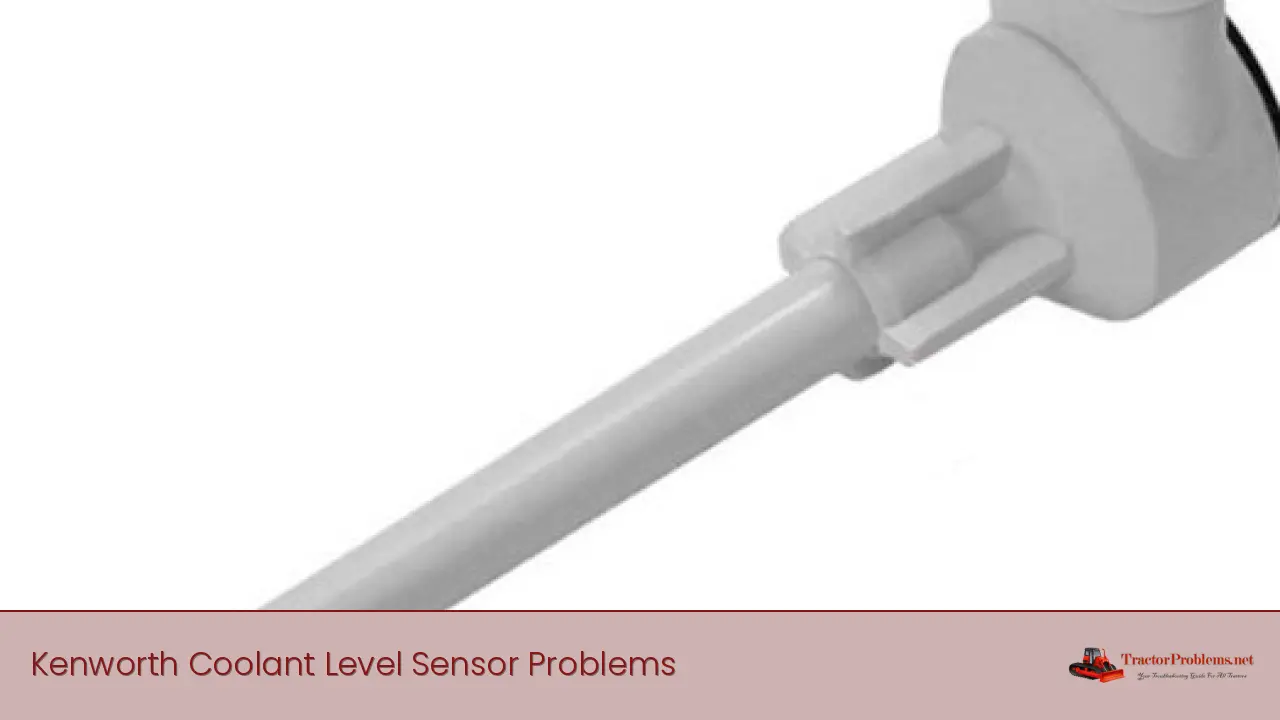For Kenworth drivers, coolant level sensor problems can be a real hassle. But with the right knowledge and tools, they can be quickly identified and resolved. In this article, we’ll explore the ways to detect and fix Kenworth Coolant Level Sensor Problems.
Detect and Fix Kenworth Coolant Level Sensor Problems
Kenworth drivers know that Kenworth Coolant Level Sensor Problems can cause major headaches. But with the proper understanding and tools, these issues can be identified and rectified quickly. In this article, we’ll look at the best ways to detect and repair Kenworth Coolant Level Sensor Problems, so you can get back on the road quickly.
| Task | Instructions |
|---|---|
| Check the Coolant Level Sensor | Inspect the sensor to ensure it’s connected correctly and that all of the wires are in good condition. |
| Check the Coolant Level | Make sure the coolant level is at the proper level, and top it off if necessary. |
| Check the Coolant Temperature | Check the temperature of the coolant, and make sure it’s within the manufacturer’s recommended range. |
| Check the Coolant Pressure | Check the pressure of the coolant, and make sure it’s within the manufacturer’s recommended range. |
Coolant Leaks
Coolant leaks are one of the most common Kenworth coolant level sensor problems. Leaks can be caused by a variety of issues, such as a faulty seal, a worn hose, or even a loose connection. If a leak is suspected, it’s important to inspect all connections and hoses for signs of wear or damage. If a leak is found, it should be repaired or replaced immediately to avoid further damage or overheating.
Sensor Malfunction
Another common Kenworth coolant level sensor problem is a faulty sensor. If the sensor is not working correctly, it can cause the engine to overheat or even stall. If your engine is running hot or stalling, it’s important to check the sensor for any signs of damage or malfunction. If the sensor is found to be faulty, it should be replaced as soon as possible.
Cracked or Broken Parts
In some cases, the coolant level sensor itself may be cracked or broken. This can be caused by a variety of issues, such as wear and tear, or even a manufacturing defect. If a crack or break is present, it’s important to replace the sensor as soon as possible. Failing to do so could result in further damage or overheating.
Incorrectly Installed Parts
Sometimes, the Kenworth coolant level sensor may be incorrectly installed. This can cause the sensor to malfunction or not work correctly. To ensure the sensor is installed correctly, it’s important to follow the manufacturer’s instructions and use the correct tools and parts. If you’re unsure of how to install the sensor properly, it’s best to seek professional help from an experienced mechanic.
Key Takeaways for Detecting and Fixing Kenworth Coolant Level Sensor Problems
- Inspect the sensor to ensure it’s connected correctly and that all of the wires are in good condition.
- Make sure the coolant level is at the proper level, and top it off if necessary.
- Check the temperature of the coolant, and make sure it’s within the manufacturer’s recommended range.
- Check the pressure of the coolant, and make sure it’s within the manufacturer’s recommended range.
- Inspect all connections and hoses for signs of wear or damage.
- If the sensor is found to be faulty, it should be replaced as soon as possible.
- If a crack or break is present, it’s important to replace the sensor as soon as possible.
- Follow the manufacturer’s instructions and use the correct tools and parts to ensure the sensor is installed correctly.
- If you’re unsure of how to install the sensor properly, it’s best to seek professional help from an experienced mechanic.
Avoiding Kenworth Coolant Level Sensor Problems with the Right Maintenance
Maintaining your Kenworth vehicle is an important step in avoiding coolant level sensor problems. By regularly inspecting the sensor, ensuring the coolant levels are correct, and checking the temperature and pressure, you can ensure the sensor is working properly and avoid any issues. Additionally, it’s important to check all connections and hoses for leaks or damage, and to follow the manufacturer’s instructions when installing or replacing the sensor. With the right maintenance, you can keep your vehicle running smoothly and avoid any Kenworth coolant level sensor problems.
